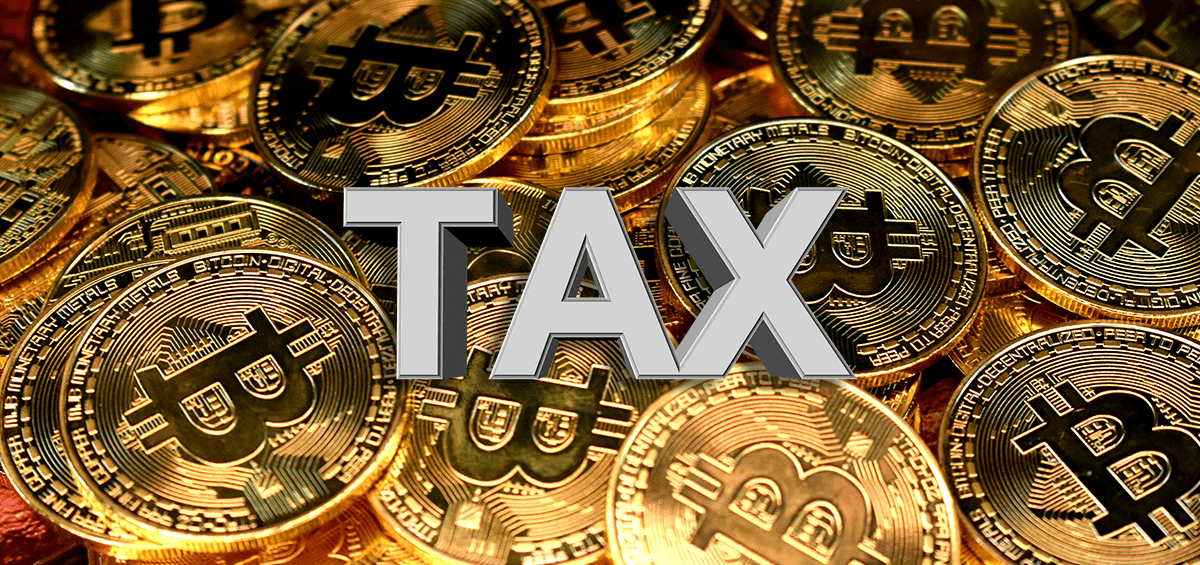If you doubted FTX some months back, many tweeps would accuse you of spreading FUD (fear, uncertainty, and doubt). After all, it was the third largest crypto exchange (by volume) and was valued north of $30 billion. Its founder, now infamous SBF, was then rescuing troubled crypto firms, drawing comparisons with the banking bigwig, JP Morgan. SBF was also among the most powerful people in crypto. So, what went wrong?
A lot. There are many explanations out there. But this is the simplest version of events (based on public sources).
SBF sets up Alameda Research. It’s a trading firm that makes risky trades in crypto. Now, SBF says “right, why do we need to trade on other exchanges? Let’s create one for ourselves.” And then FTX, the crypto exchange, is born. FTX and Alameda are distinct entities. But not really.
With the exchange, FTX launches its own token – FTT. Per se, FTT has no value. So, FTX props up the prices of FTT. For holding its token, it gives you preferential treatment on the exchange. More people want preferential treatment. So, they start buying FTT. When FTX has revenue lying around, it repurchases FTT. Effectively, the price (and fortune) of FTT goes up with the fortune of FTX. They’re not intertwined, they’re inseparable. Oh, and meanwhile, Alameda picks up a lot of FTT at very low prices.
FTX makes money when you buy and sell crypto. But it realises it can make even more money. So, it starts offering loans. You can now borrow money (or stablecoins) from it to buy crypto. Or the opposite. FTX knows this is risky business. So, it asks you for more collateral than the sum you borrow. For example, you must deposit Bitcoin worth INR 10,000 to borrow INR 5,000. This is prudent risk management. Except for that collateral in a volatile asset is also… volatile.
Now, remember, Alameda makes money through risky trades. Reports suggest it didn’t. Instead, it lost money on these trades. So when Alameda seeks funds to cover these losses, FTX obliges and lends Alameda its customers’ assets, keeping FTT as collateral.
The death spiral begins when worrying details about FTX and Alameda emerge. And a competitor announces plans to sell its FTT holdings. With tied fates, the fortunes of FTX would affect FTT. And the fortunes of FTT, FTX. That’s what happens when enough FTX users begin asking for their money back. FTT falls. So does FTX. It doesn’t have enough assets to pay back its customers.
With me so far? Great. Now, what does this mean for crypto?
Undoubtedly, FTX’s fall is catastrophic for the crypto ecosystem; which is already suffering from a long winter, regulatory suspicion, and loss of investor confidence. Like crypto collapses before this, this one is also being dubbed crypto’s Lehman Brothers moment. (Melancholically) ironic, since the Lehman Brothers implosion itself gave birth to crypto.
Broadly, FTX’s collapse could be an inflection point for the industry in three ways:
First, it’s now clear that regulation is necessary, and perhaps, imminent in many jurisdictions. Unchecked players could pose serious risks to the wider financial system and of course to investors. Sensible voices in the industry haven’t been shy of fair regulation. But regulators have (mostly) been slow and confused about regulating crypto. This uncertainty has been exploited and it’s time regulators start serious discussions on what regulation should look like.
Second, FTX’s fall will have a cascading effect in the crypto ecosystem. Crypto brokerage Genesis has already suspended withdrawals after higher-than-usual withdrawal requests. So has Blockfi. Several crypto firms have exposure to FTX and might face the heat as this unfolds. But this may be a good time for a clean-up act. To comfort investors, several crypto exchanges have volunteered to share their proof of reserves (proof that they won’t do an FTX). A similar exercise is underway closer home. Binance chief CZ believes this is like the dot com bubble. “Some cryptos may drop in price, some projects may fail, but the technology will stay” he adds. In the long run, that could be good for the industry.
Third, many will go back to what Satoshi envisioned – a trustless and transparent future, without intermediaries. The migration is already underway. Decentralisation is a core tenet of crypto. Without it, not much separates crypto from traditional finance. Sure, decentralised finance has its challenges – user experience isn’t as seamless, users must safeguard their own funds, and centralisation may still creep in. But FTX, a centralised exchange, serves as a stark reminder of why crypto’s original vision is valuable – it can keep us from putting too much trust in the hands of a few, large centralised intermediaries (who might go rogue).
(This post has been authored by the fintech team at Ikigai Law. It was originally published in the November 2022 edition of our monthly fintech newsletter, FinTales.)










